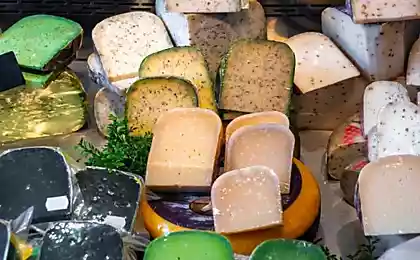2745
Roquefort (-Roquefort)
Roquefort - elite varieties of soft French cheese blue blood, but rather mold!
This is one of the most expensive and yet sought cheeses in the world.
This Roquefort make only one place on the planet: in the French province of Rouergue. Here, this magnificent sheep milk cheese matures under natural conditions, resting in the cool limestone caves and covered with noble blue mold species Penicillium roqueforti, which gives Roquefort its unique taste and aroma.
Roquefort is one of my favorite cheeses Russian restaurateurs, so dishes from this cheese can be found in many restaurants in our country.
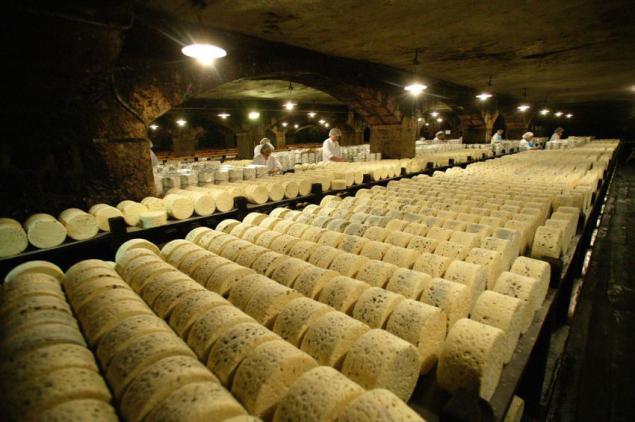
The area is the historical province of Rouergue, France. Where it all happens.
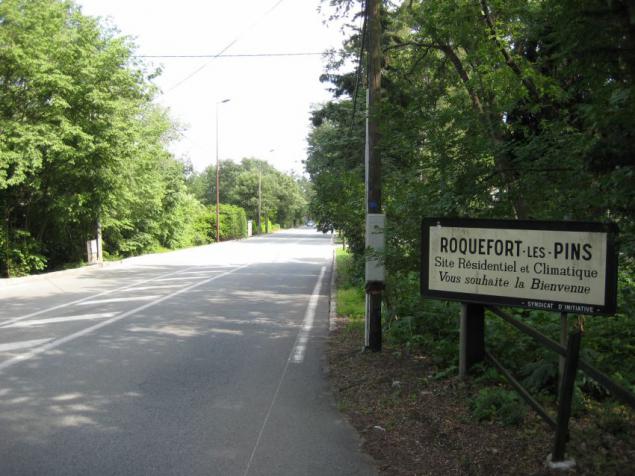

Legend Monty
The appearance of Roquefort cheese is associated with the legend of a young shepherd who was tending sheep in the mountains near the village of Roquefort. Young guy having breakfast traditional French peasants of the Middle Ages sheep cheese and black bread, when I saw a beautiful stranger, past the foothills of KOMBALOV. In what may become a young shepherd decided to get acquainted with a beautiful girl and ran after her, completely forgetting about his uncomplicated meal. But back to this place, our hero, after a month. And to my surprise shepherd found on the site of its former meal slice of cheese, covered with beautiful blue mold. And an even greater surprise was waiting for a young man when he had the courage to try this cheese - the taste was superb! It was the first Roquefort cheese.
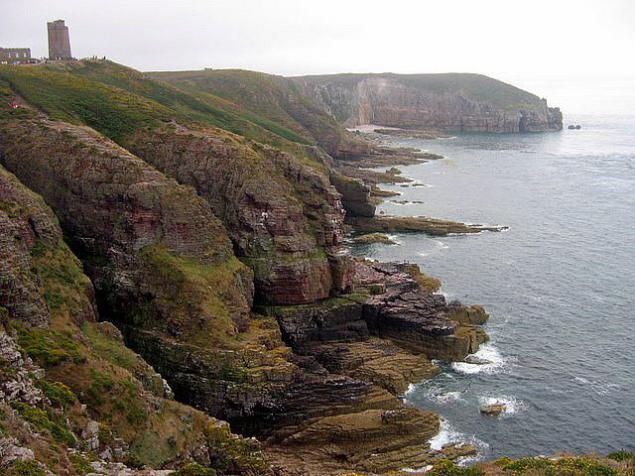
Manufacturing technology Monty
Production of Roquefort in the early stages is similar to other varieties of soft cheeses: souring milk, selection, cutting and laying curd into molds, salting. The main difference is the process of Roquefort its exposure, which is carried out within the limestone grotto at specially equipped wooden shelves there under the influence of natural ventilation.
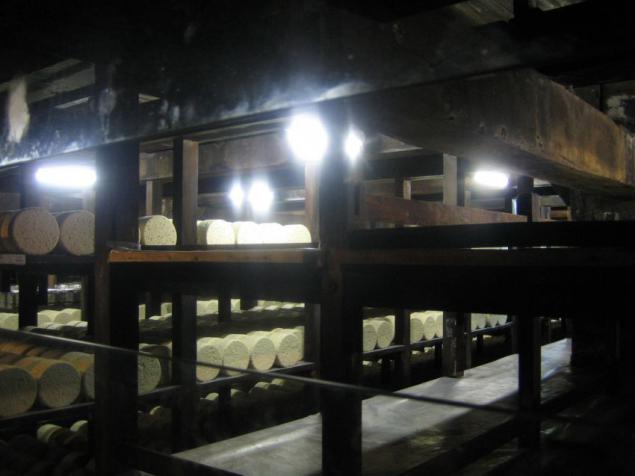
This Roquefort cheese and today is born in limestone caves, which are located in the province of Rouergue. Curd cheese inoculated with spores of the mold Penicillium roqueforti.


There cheese "is brewing»
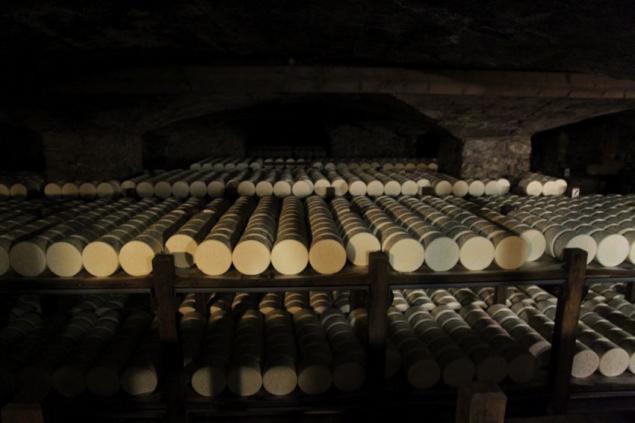

Ready cheese covers white wet shiny crust. Structure in Roquefort oily with blue veins of mold. A cheese are also within the small cavity. This Roquefort, which is done by hand, can be identified by the uneven distribution of mold on the cheese mass. Roquefort has a bright taste that reminds hazelnuts. The smell coming from the cheese - is a complex bouquet of aromas of sheep's milk and limestone.
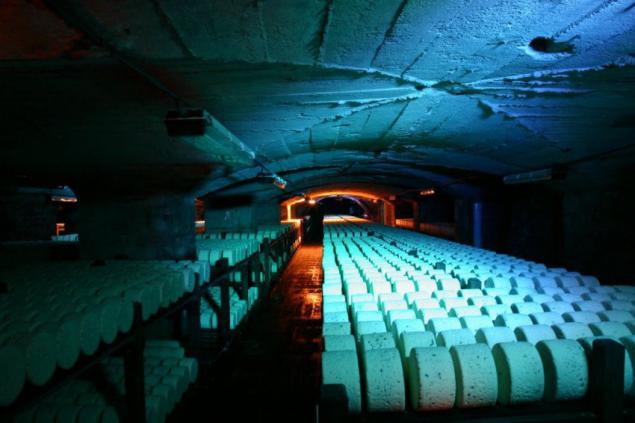
Cooks in any case is not recommended to cut real Roquefort cheese ordinary knife, because it breaks the blue head mold, which are formed in the structure. Cutting this cheese was invented by a special device, which is called "rokfororezka"! Rokfororezka - a mechanical or electronic rifled installation, the blade of which is in the form of wire. Gently passing through the curd wire does not break, and cuts the balls mold and does not crumble cheese.

This cheese is often served on the table for a snack or dessert. It should certainly get Roquefort from the refrigerator in advance, to warm it up, which fully reveal its taste and rich aroma.
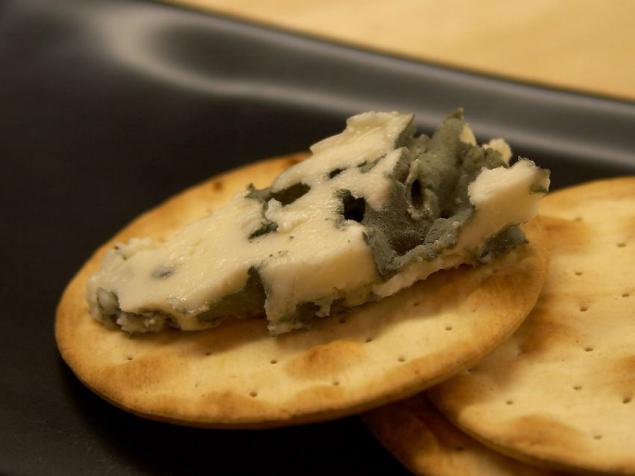
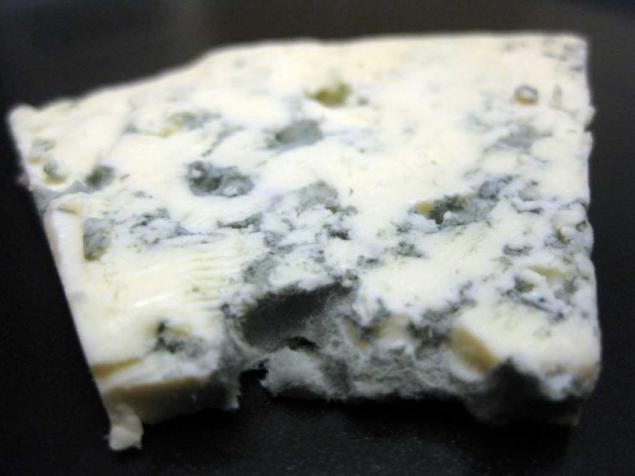

In France, any blue cheese made putting on a warm fresh baguette with a crispy crust and served with fruit and nuts. Roquefort is best to eat pure, washed down with a Burgundy wine and eating fruit. However, this cheese is often used in cooking, cooking from it wonderful soups and casseroles.

It is known that, in ancient times, blue cheeses are used as a natural medicine for the treatment of inflammatory processes and even gangrene. The secret of the magic healing properties Rokofora and other blue cheeses in penicillin contained in the mold, which today is one of the principal means of combating communicable infection.

As part of Roquefort lot of easily digestible protein, similar to the protein found in meat, as well as valuable amino acids. Also, this cheese is rich in milk fat have low melting point, which also provides for quick digestibility and provides the body with a good dose of vitality. Penicillium roqueforti mold causes the production of melanin in the body that protects the skin from harmful sun rays.
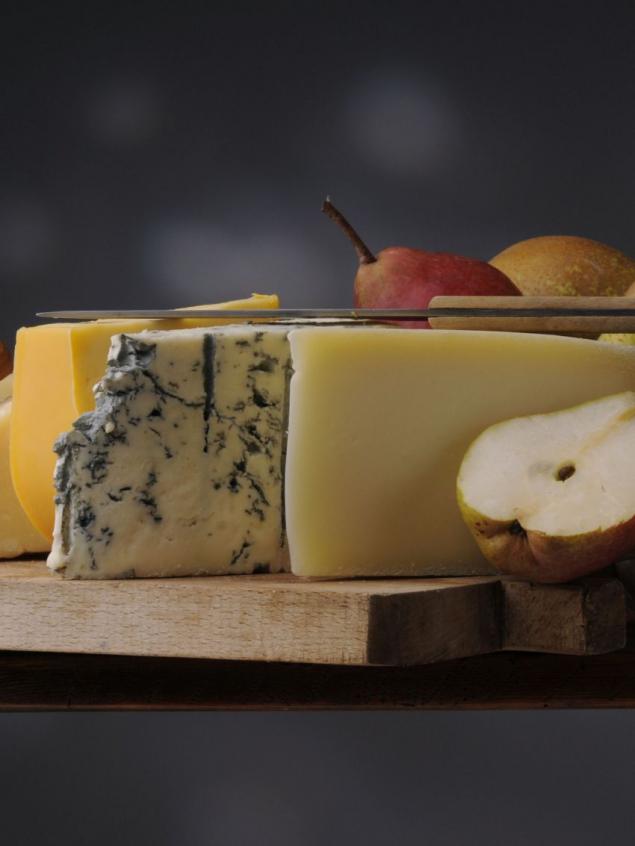
Cheese has phosphatides, vitamins B and A and minerals, making Roquefort useful product for pregnant women, nursing mothers, children of all ages and people with poor health. Roquefort is able to accelerate healing in fractures, due to high content of calcium and phosphorus.
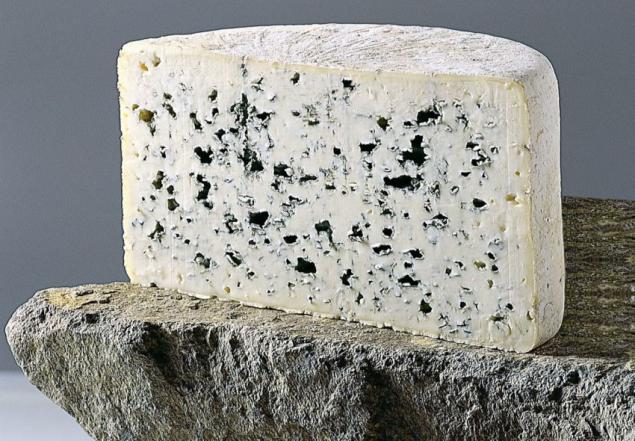
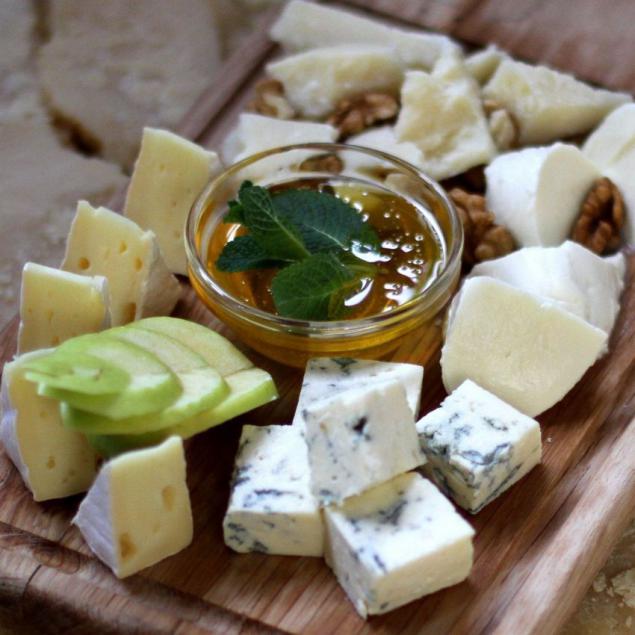
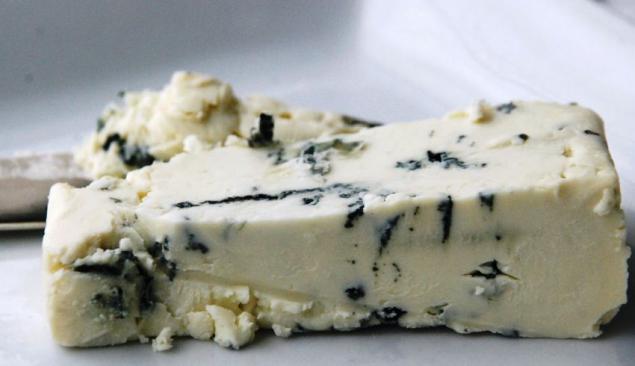

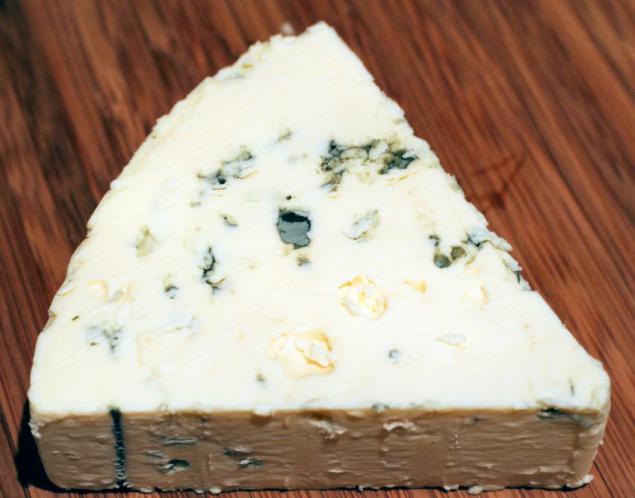
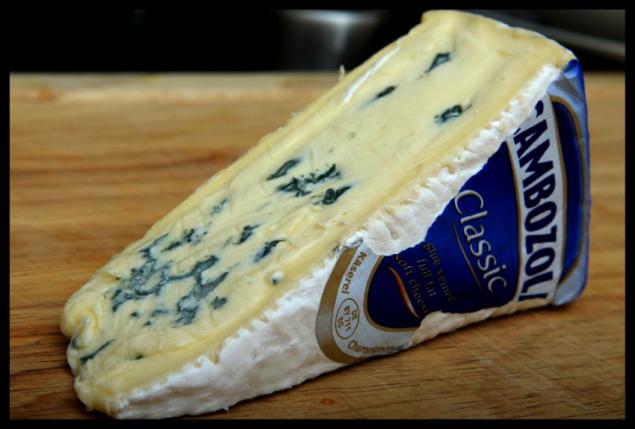

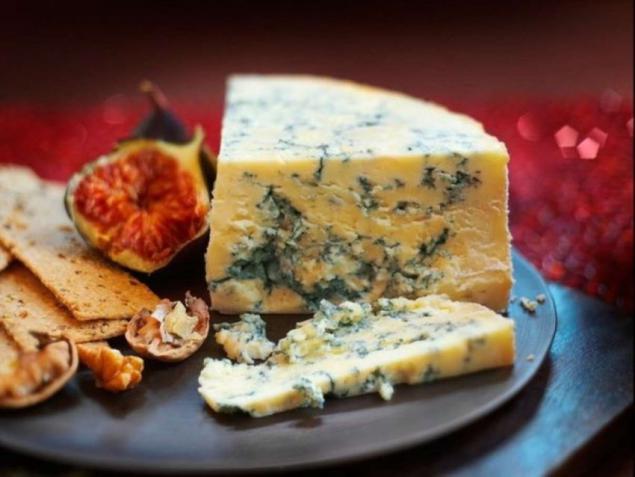
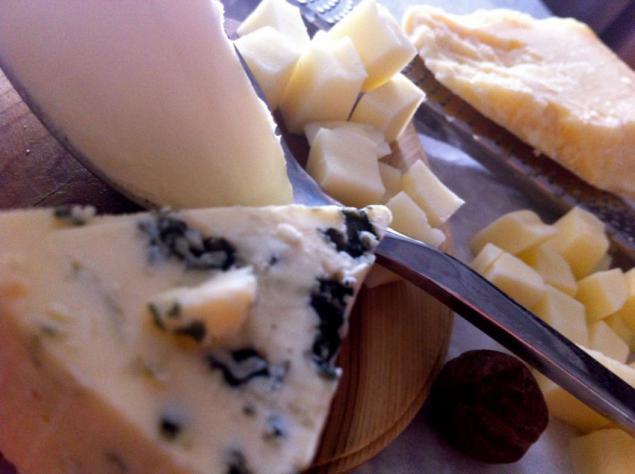
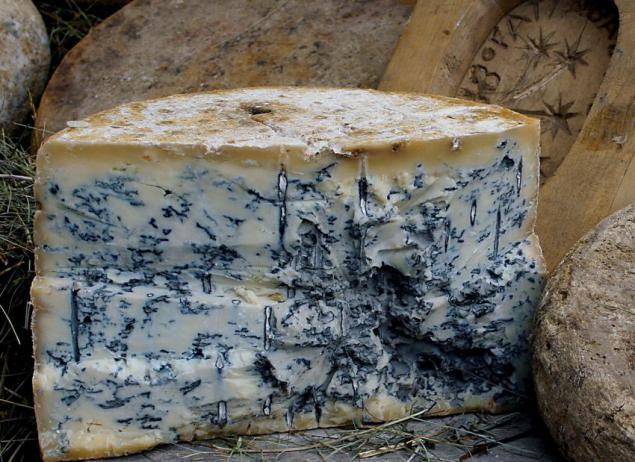

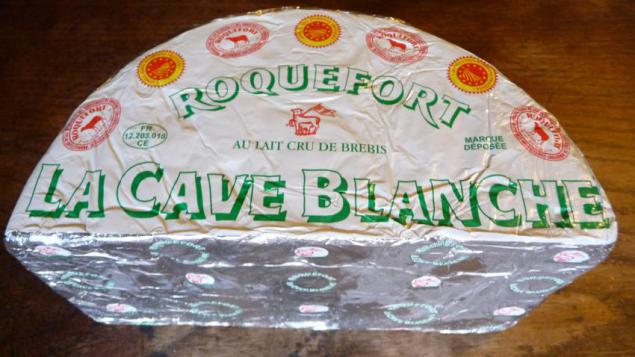

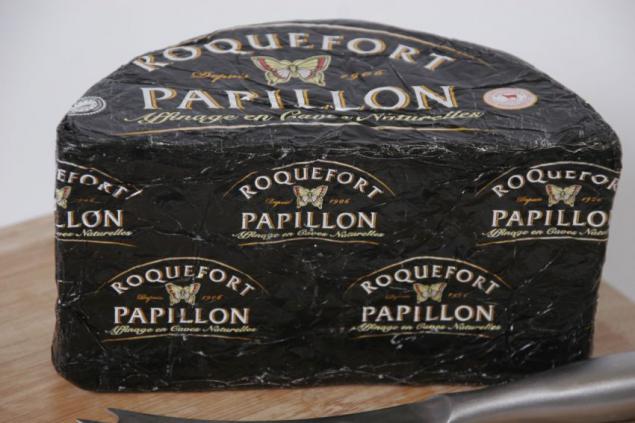

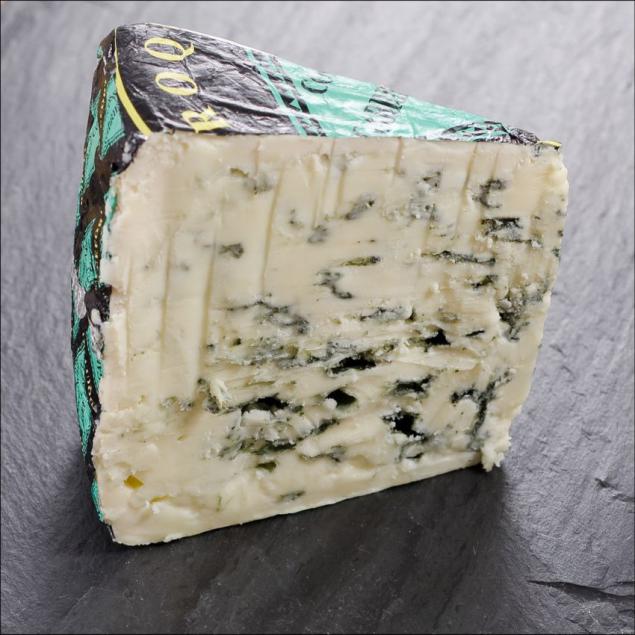



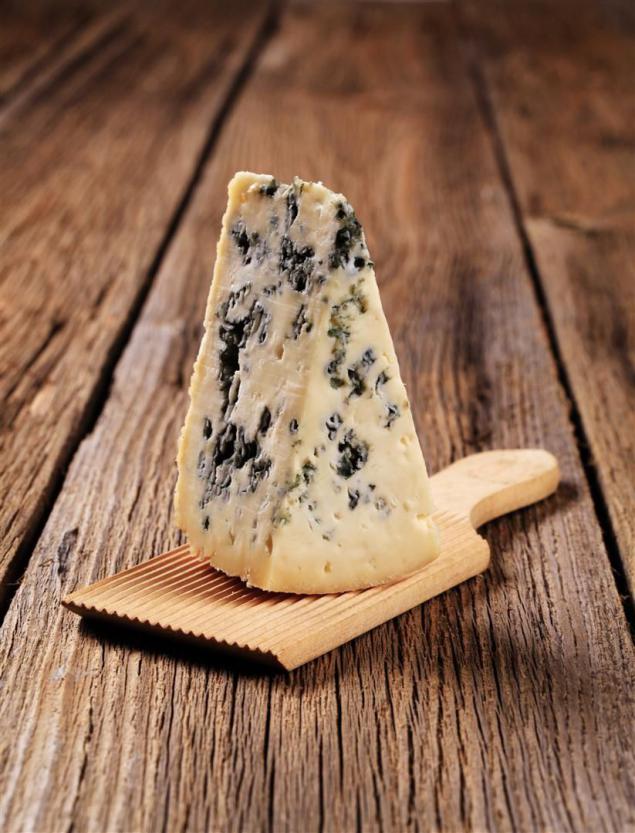
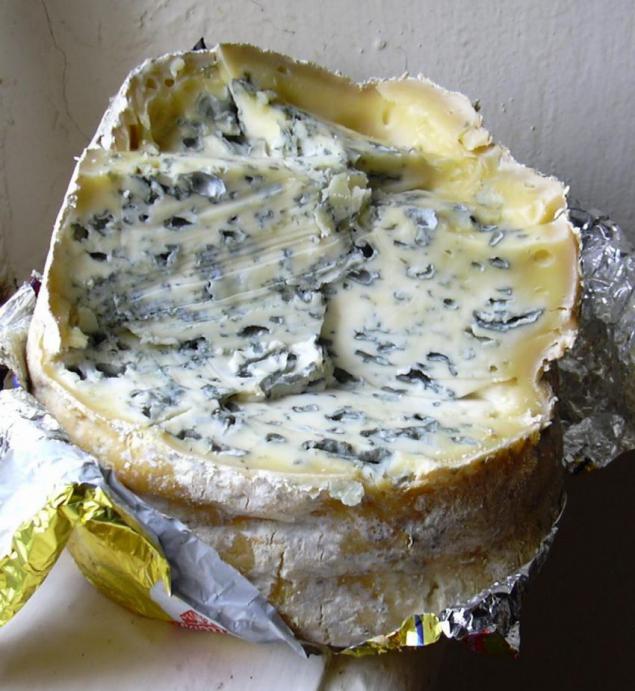
When used with mold cheeses in moderation, small doses of antibiotics in them are completely harmless. But, if you eat cheeses daily, antibiotics may well cause disruption of the intestinal microflora. Do not abuse the beautiful.

Source:
This is one of the most expensive and yet sought cheeses in the world.
This Roquefort make only one place on the planet: in the French province of Rouergue. Here, this magnificent sheep milk cheese matures under natural conditions, resting in the cool limestone caves and covered with noble blue mold species Penicillium roqueforti, which gives Roquefort its unique taste and aroma.
Roquefort is one of my favorite cheeses Russian restaurateurs, so dishes from this cheese can be found in many restaurants in our country.

The area is the historical province of Rouergue, France. Where it all happens.


Legend Monty
The appearance of Roquefort cheese is associated with the legend of a young shepherd who was tending sheep in the mountains near the village of Roquefort. Young guy having breakfast traditional French peasants of the Middle Ages sheep cheese and black bread, when I saw a beautiful stranger, past the foothills of KOMBALOV. In what may become a young shepherd decided to get acquainted with a beautiful girl and ran after her, completely forgetting about his uncomplicated meal. But back to this place, our hero, after a month. And to my surprise shepherd found on the site of its former meal slice of cheese, covered with beautiful blue mold. And an even greater surprise was waiting for a young man when he had the courage to try this cheese - the taste was superb! It was the first Roquefort cheese.

Manufacturing technology Monty
Production of Roquefort in the early stages is similar to other varieties of soft cheeses: souring milk, selection, cutting and laying curd into molds, salting. The main difference is the process of Roquefort its exposure, which is carried out within the limestone grotto at specially equipped wooden shelves there under the influence of natural ventilation.

This Roquefort cheese and today is born in limestone caves, which are located in the province of Rouergue. Curd cheese inoculated with spores of the mold Penicillium roqueforti.


There cheese "is brewing»


Ready cheese covers white wet shiny crust. Structure in Roquefort oily with blue veins of mold. A cheese are also within the small cavity. This Roquefort, which is done by hand, can be identified by the uneven distribution of mold on the cheese mass. Roquefort has a bright taste that reminds hazelnuts. The smell coming from the cheese - is a complex bouquet of aromas of sheep's milk and limestone.

Cooks in any case is not recommended to cut real Roquefort cheese ordinary knife, because it breaks the blue head mold, which are formed in the structure. Cutting this cheese was invented by a special device, which is called "rokfororezka"! Rokfororezka - a mechanical or electronic rifled installation, the blade of which is in the form of wire. Gently passing through the curd wire does not break, and cuts the balls mold and does not crumble cheese.

This cheese is often served on the table for a snack or dessert. It should certainly get Roquefort from the refrigerator in advance, to warm it up, which fully reveal its taste and rich aroma.



In France, any blue cheese made putting on a warm fresh baguette with a crispy crust and served with fruit and nuts. Roquefort is best to eat pure, washed down with a Burgundy wine and eating fruit. However, this cheese is often used in cooking, cooking from it wonderful soups and casseroles.

It is known that, in ancient times, blue cheeses are used as a natural medicine for the treatment of inflammatory processes and even gangrene. The secret of the magic healing properties Rokofora and other blue cheeses in penicillin contained in the mold, which today is one of the principal means of combating communicable infection.

As part of Roquefort lot of easily digestible protein, similar to the protein found in meat, as well as valuable amino acids. Also, this cheese is rich in milk fat have low melting point, which also provides for quick digestibility and provides the body with a good dose of vitality. Penicillium roqueforti mold causes the production of melanin in the body that protects the skin from harmful sun rays.

Cheese has phosphatides, vitamins B and A and minerals, making Roquefort useful product for pregnant women, nursing mothers, children of all ages and people with poor health. Roquefort is able to accelerate healing in fractures, due to high content of calcium and phosphorus.





















When used with mold cheeses in moderation, small doses of antibiotics in them are completely harmless. But, if you eat cheeses daily, antibiotics may well cause disruption of the intestinal microflora. Do not abuse the beautiful.

Source:







